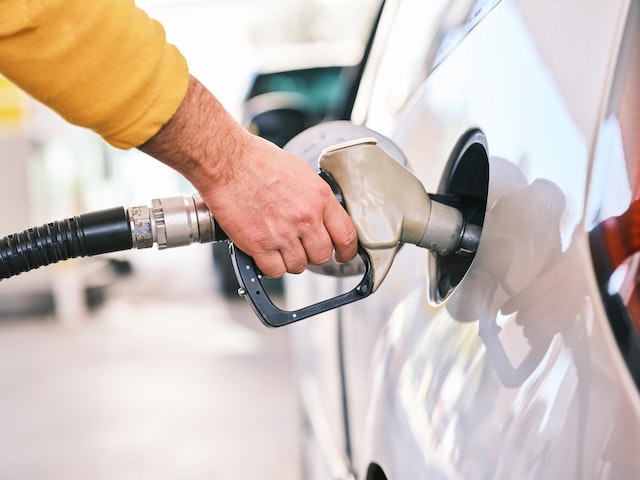What is Ethanol Blended Petrol?
- Ethanol blending is mixing petrol with a very pure type of alcohol called ethanol, which is made from agricultural products. Ethanol is a biofuel made from plant materials, usually corn, sugarcane, or other crops rich in sugars.
Benefits of Ethanol Blended Petrol:
- When blended with petrol, ethanol enhances the fuel quality, which results in a smoother and more efficient combustion process.
- Ethanol blended fuel emits less CO2 than petrol when burned.
- It is also a renewable source of fuel that helps in reducing the dependency on fossil fuels.
- The production of ethanol from agricultural crops stimulates economic growth in rural areas by providing farmers with a market for their produce.
Challenges of Ethanol Blended Petrol:
- Ethanol contains less energy per unit volume compared to petrol, which is due to its chemical structure, which means it produces less energy than regular petrol when it is burned, which results in lower mileage.
- It can be more hygroscopic than regular petrol, meaning it can absorb water more easily. This can lead to corrosion in fuel tanks and other engine components.
- Ethanol-blended petrol is more expensive to produce. These costs include the transportation and storage of ethanol, as well as the costs of blending and testing the finished product.
- Lower mileage and higher cost make blended petrol less appealing to customers, posing a challenge for its adoption as a regular petrol replacement.
Why countries are adopting Ethanol-Blended Petrol despite drawbacks?
- The growing awareness and concern about environmental degradation and climate change have compelled countries to seek more sustainable fuel alternatives.
- Countries are eager to diversify their energy sources to enhance energy security and reduce dependence on imported fossil fuels.
- Many nations view the production of ethanol as a way to support their agricultural sector and boost rural economies.
- A complete and immediate transition to electric vehicles is a massive undertaking that involves changing the entire infrastructure, including charging stations and power grids. During this transition period, ethanol and other biofuels can serve as a bridge.
Adoption of Ethanol Blended Petrol in India:
- The Indian government has been promoting the use of ethanol-blended petrol through its Ethanol Blended Petrol (EBP) Programme.
- The government has mandated oil marketing companies to blend ethanol with petrol.
- Currently, all petrol sold in India contains 10% ethanol.
- The goal of the EBP programme is to increase the ethanol blending rate in petrol to 20% by 2025.
- The government is providing subsidies to automakers and ethanol producers, as well as fixing a minimum price for ethanol, to ensure a smooth transaction to blended petrol in the country.
Conclusion:
Ethanol blended petrol is a promising alternative to traditional petrol which will help in a smoother transition from fossil fuels to cleaner alternatives, like electric vehicles.
Ethanol-blended petrol plays a vital role in this transitional phase to electric vehicles for a huge country like India. Ethanol blending can be seamlessly incorporated into the existing fuel infrastructure, making it a practical and immediate solution to reduce emissions and dependence on fossil fuels.
The Indian government, through its Ethanol Blended Petrol (EBP) Programme, is actively promoting the blending of ethanol with petrol. This initiative aligns with the country’s goals to reduce greenhouse gas emissions, becoming net zero till 2070, diversify energy sources, and provide economic support to its vast agricultural sector.
Regulatory frameworks, technological advancements, and public awareness are essential in overcoming the challenges of ethanol-blended petrol and ensuring its widespread adoption in India.
Photo by Engin Akyurt
Your Turn…
What’s your take on this topic? Express your point of view in the comment section below. Subscribe to our blog to read answers to the trending GD topics.
Copyright @ Group Discussion Ideas.

